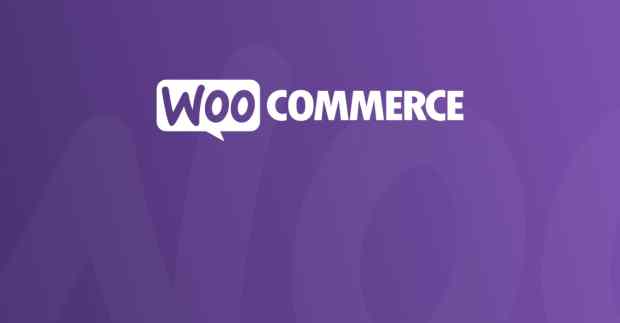How to Start an E-commerce Business: A Step-by-Step Tutorial for Beginners
Introduction:
Starting an e-commerce business can be an exciting and rewarding venture, but it can also be overwhelming for beginners who are unsure where to begin. In this tutorial, we will provide you with a comprehensive guide on how to start an e-commerce business from scratch, covering everything from developing your business idea, building your website, sourcing your products, and marketing your brand. By the end of this tutorial, you'll have the foundation you need to launch your e-commerce business successfully.
Step 1: Develop Your Business Idea
Before starting your e-commerce business, it is crucial to have a solid understanding of what products you want to sell, who your target audience is, and what makes your business unique. Here are a few steps to help you develop your business idea:
- Conduct market research to identify market gaps and get an idea of customer demand for your product. Use tools like Google Trends, Amazon's best-selling products, and social media to gauge consumer interests.
- Research your competitors and analyze their products, pricing strategies, and marketing tactics. Use tools like SEMRush, Ahrefs, and SpyFu to collect competitor data.
- Narrow down your product selection and select a niche that aligns with your expertise and interests.
- Develop a unique value proposition that sets your business apart from competitors. This could be pricing, quality, selection, or exceptional customer service.
Step 2: Determine Your Business Model
E-commerce businesses use several business models to sell products online. Here's an overview of each model:
- Dropshipping: You create a storefront, find a product supplier who ships the product directly to the customer, and keep the profit margin.
- Private Label: You create a unique product with your own branding and source the product from a manufacturer, wholesaler, or domestic supplier.
- White Label: Similar to private label, but you purchase undifferentiated products from a manufacturer and put your branding on them.
- Wholesale: You purchase goods in bulk and sell them at a markup to retail customers.
- Affiliate: You promote and sell other companies' products and take a percentage of the sale as a commission.
- Subscription Model: You provide ongoing products or services for a recurring fee.
- Hybrid: You combine two or more business models to provide more diverse offerings.
Once you've selected your business model, create a business plan that outlines your products, marketing strategies, revenue streams, and financial projections.
Step 3: Choose Your E-commerce Platform
Choosing the right e-commerce platform is essential for creating a seamless and user-friendly shopping experience for your customers. Here are three popular options:
- Shopify: A popular and user-friendly e-commerce platform with a variety of templates and features to build a professional-looking website quickly.
- WooCommerce: A plugin for WordPress that lets you create a fully customizable online store using WordPress templates and hosting.
- BigCommerce: A reliable and scalable platform designed for businesses that need advanced features and customization options to grow their online stores.
These platforms allow you to customize your storefront and manage your inventory, sales, and payments. With Shopify, you can create a website using their templates or customize your site with the help of a developer.
Step 4: Source Your Products
Once you've chosen your business model, you need to decide how to source your products. Here are some common sourcing methods:
- Dropshipping: Partner with a dropshipping supplier who ships products directly to customers.
- Wholesale: Purchase products from a wholesaler and resell at a markup.
- Private label: Source products from a manufacturer and apply your branding and packaging.
- Print-on-demand: Source products such as t-shirts or other items that you customize based on customer preferences.
- In-house production: Create your own products by manufacturing in-house or creating through 3D printing.
Consider factors like product quality, pricing, and shipping times when choosing a supplier and negotiating deals.
Step 5: Build Your Website
Your website serves as the backbone of your e-commerce business, so it's crucial to create an attractive and user-friendly design. Here are some essential elements to include when building your e-commerce website:
- Clear navigation and product categories that guide users efficiently through your site.
- Product pages that include product images, descriptions, and pricing information.
- Shopping cart and checkout features that enable customers to make purchases easily.
- Customer service features like email, chat, or phone support for returning or exchanging products.
- Website security features like SSL certificates, firewalls, and backup and recovery plans.
Hire a designer or use a website builder like Shopify, Wix, or WordPress, and customize your site to fit your branding and product offerings.
Step 6: Market Your Brand
Marketing your e-commerce business is essential for attracting new customers and retaining existing ones. Here are a few popular marketing strategies:
- Social Media: Leverage platforms like Facebook, Instagram, and Twitter to reach new customers and build an online following.
- Content marketing: Use blogging, infographics, or videos to create content that educates or entertains your customers.
- Email marketing: Build an email list and send promotional messages, newsletters, and updates on new products or offers.
- Influencer marketing: Partner with influencers who have large followings that align with your brand.
- Paid search advertising: Use Google Ads or Bing Ads to bid on keywords that relate to your products.
Track your marketing campaign performance using analytics tools like Google Analytics to optimize your marketing efforts.
Conclusion:
Starting an e-commerce business takes time and effort, but it can yield great rewards. By following these steps, you'll be on your way to creating a thriving e-commerce business that provides value to your customers and generates profits.





Leave a Comment